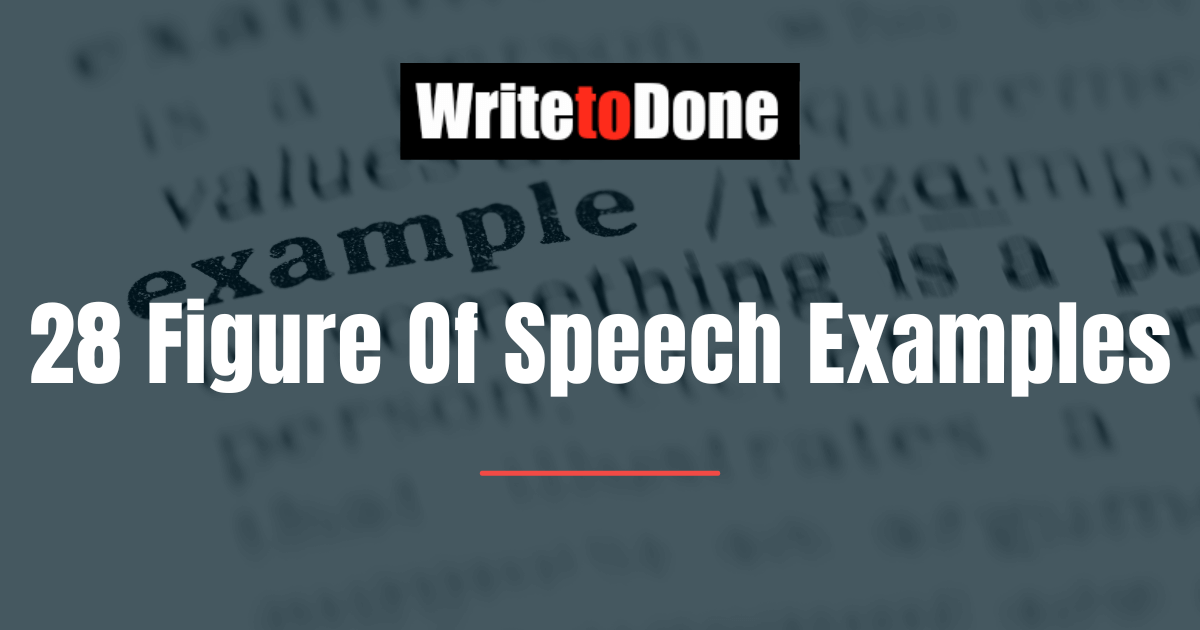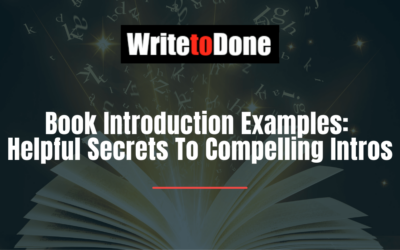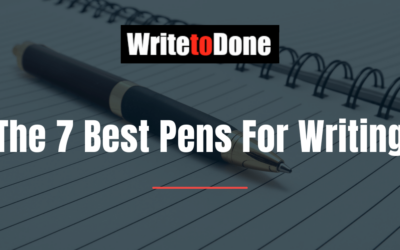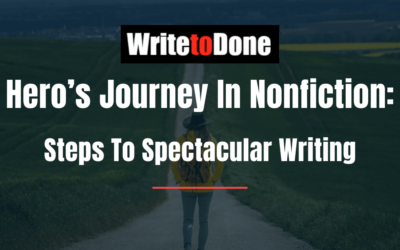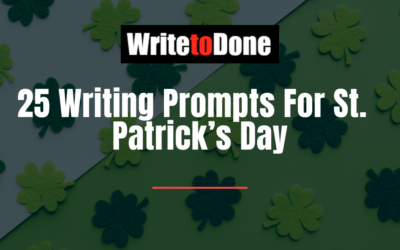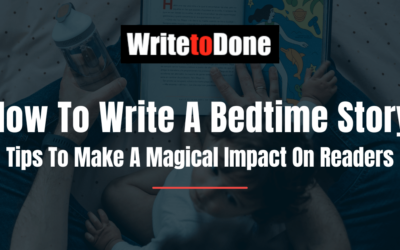Storytelling is a different kind of writing. Often, voice trumps grammar. Of course, your writing needs to be easily understood by the reader, but it’s crucial that the voice of your writing is strong.
Whether you write fiction or nonfiction, both genres employ storytelling techniques. Both use voice. And sometimes, both genres also use figures of speech. Figures of speech can dramatically improve your storytelling, strengthen your voice, and help highlight your point or theme.
When crafting figures of speech into your writing, it’s important to first know what exactly a figure of speech is, and then of course, where it’s most beneficial to use figures of speech.
So, let’s start with the basics!
What Is A Figure Of Speech?
According to Merriam-Webster, a figure of speech is: “A form of expression (such as a simile or metaphor) used to convey meaning or heighten effect often by comparing or identifying one thing with another that has a meaning or connotation familiar to the reader or listener.”
There are many, many types of figures of speech. Which figure of speech you choose to use will often depend on the tone of your story. If you’re writing your life story and you’re naturally a funny person, throwing in a pun every now and then might help reinforce your tone.
However, if you’re writing dystopia, too many puns will likely take away the credibility of your storytelling. Instead, you might try using a simile. Using anaphora may help you highlight a specific scene. If you don’t know exactly what anaphora is, we’ll get to that soon.
Choosing which figures of speech are best for your story is essential. Crafting your figure of speech in the right way is crucial. And using figures of speech at the appropriate times are the secret to helping them support your story, rather than drawing unnecessary attention to themselves.
Figures of speech are meant to bring power to a story, not stand out in and of themselves.
Now that you know what a figure of speech is, below is a list of examples for you to draw from. Each example has a definition as well as an example.
As you read, try to create your own examples.
This will help ensure you have a good understanding of the definitions, as well as give you a jump start in using figures of speech in your own writing. Knowing figures of speech is one thing. Knowing how to use them is another.
Let’s get started.
Figure Of Speech Examples
Remember, figures of speech should be sprinkled into your writing. Use them sparingly, on purpose, and don’t use them in a way that draws attention to the figure of speech itself, but rather the story.
(Definitions are taken from Merriam-Webster.)
1. Alliteration
Definitiona: The repetition of usually initial consonant sounds in two or more neighboring words or syllables (such as wild and woolly, threatening throngs).
Example: The gate grated on the gravel.
2. Allusion
Definition: An implied or indirect reference especially in literature.
Example: “You’re acting like a scrooge.” (Scrooge is a character from Charles Dicken’s novel, A Christmas Carol. Scrooge was bitter and greedy.)
3. Anaphora
Definition: Repetition of a word or expression at the beginning of successive phrases, clauses, sentences, or verses especially for rhetorical or poetic effect.
Example: I came, I saw, I conquered –Julius Caesar
4. Antanaclasis
Definition: The repetition of a word within a phrase or sentence in which the second occurrence utilizes a different and sometimes contrary meaning from the first.
Example: Your argument is sound, nothing but sound. –Benjamin Franklin
5. Anticlimax
Definition: The usually sudden transition in discourse from a significant idea to a trivial or ludicrous idea.
Example: The human body is intricate and the earth is flat.
6. Antiphrasis
Definition: The usually ironic or humorous use of words in senses opposite to the generally accepted meanings.
Example: The 6th grade boy measured at the incredibly short height of 5’ 11”.
7. Antithesis
Definition: The direct opposite; the rhetorical contrast of ideas by means of parallel arrangements of words, clauses, or sentences
Example: “Action, not words” or “they promised freedom and provided slavery.”
8. Apostrophe
Definition: A mark ‘ used to indicate the omission of letters or figures, the possessive case (as in “John’s book”), or the plural of letters or figures (as in “the 1960’s”)
9. Assonance
Definition: Relatively close juxtaposition of similar sounds especially of vowels (as in “rise high in the bright sky”); repetition of vowels without repetition of consonants (as in stony and holy) used as an alternative to rhyme in verse.
10. Cataphora
Definition: The use of a grammatical substitute (such as a pronoun) that has the same reference as a following word or phrase.
Example: After she bought the groceries, the girl left the store.
11. Chiasmus
Definition: An inverted relationship between the syntactic elements of parallel phrases (as in Goldsmith’s to stop too fearful, and too faint to go)
12. Climax
Definition: A figure of speech in which a series of phrases or sentences is arranged in ascending order of rhetorical forcefulness; the highest point (the climax of a distinguished career); the point of highest dramatic tension or a major turning point in the action (as of a play)
Example: At the story’s climax, the main character finds herself stranded in a storm in the ocean.
13. Ellipsis
Definition: The omission of one or more words that are obviously understood but that must be supplied to make a construction grammatically complete
Example: “Fourscore and seven years ago our fathers brought forth…the proposition that all men are created equal.”
14. Euphemism
Definition: The substitution of an agreeable or inoffensive expression for one that may offend or suggest something unpleasant.
Example: “He is no longer with us,” instead of, “He died.”
15. Hyperbole
Definition: Extravagant exaggeration.
Example: Her suitcase was light as a feather.
16. Irony
Definition: The use of words to express something other than and especially the opposite of the literal meaning.
Example: The day was as hot as fire.
17. Litotes
Definition: Understatement in which an affirmative is expressed by the negative of the contrary.
Example: “Not a bad singer” or “not unhappy.”
18. Metaphor
Definition: A figure of speech in which a word or phrase literally denoting one kind of object or idea is used in place of another to suggest a likeness or analogy between them.
Example: “Drowning in money.”
19. Metonymy
Definition: A figure of speech consisting of the use of the name of one thing for that of another of which it is an attribute or with which it is associated (such as “crown” in “lands belonging to the crown”)
20. Onomatopoeia
Definition: The naming of a thing or action by a vocal imitation of the sound associated with it (such as buzz, hiss)
21. Oxymoron
Definition: A combination of contradictory or incongruous words (such as cruel kindness)
22. Paradox
Definition: A statement that is seemingly contradictory or opposed to common sense and yet is perhaps true
Example: Nobody goes to the cafe anymore because it’s always packed with people.
23. Personification
Definition: Attribution of personal qualities; especially representation of a thing or abstraction as a person or by the human form
Example: The butterflies danced through the air.
24. Pun
Definition: The usually humorous use of a word in such a way as to suggest two or more of its meanings or the meaning of another word similar in sound
Example: “A boiled egg every morning is hard to beat.”
25. Simile
Definition: A figure of speech comparing two unlike things that is often introduced by like or as
Example: The baby’s cheeks were as red as apples.
26. Synecdoche
Definition: A figure of speech by which a part is put for the whole (such as fifty sail for fifty ships), the whole for a part (such as society for high society), the species for the genus (such as cutthroat for assassin), the genus for the species (such as a creature for a man), or the name of the material for the thing made (such as boards for stage).
27. Tautology
Definition: Needless repetition of an idea, statement, or word.
Example: “First and foremost,” “In my opinion I think,” “He walked through the open door.”
28. Understatement
Definition: A statement that represents something as smaller or less intense, or less important than it really is.
Example: Tornados are windy.
This list does not include every figure of speech, but it shows how figures of speech can be used to communicate a message in a less blunt way, highlight a particular point, lighten the tone, compare, etc.
You’ve probably used figures of speech in the past and didn’t even realize it. Figures of speech are like a code (see that simile?). Once you have a general understanding of them, you can use them well.
Now, it’s not absolutely a make or break if you use a figure of speech and don’t know it. However, knowing what they are and how to use them is helpful.
For instance, if you use a tautology and don’t realize it, you may appear redundant. Saying, “I’m a new student who just started here” is a tautology. It’s unnecessary, repeated information. If you are a new student, then of course you just started wherever here is.
To avoid this redundancy, simply cut one of the two information pieces.
Option 1: “I’m a new student here.”
Option 2: “I just started here.”
Each example communicates the same idea and just uses different verbiage to do so.
Metaphors are also helpful to be aware of. Certain metaphors can appear to lack awareness if used in specific circumstances.
Litotes might be helpful to use with a reserved character or to communicate an unwillingness to give a full complement. For instance, if you’re writing a YA story focused on a boy trying to earn his father’s love, a litote might be the perfect figure of speech to communicate your message.
For example, let’s say the boy has his last baseball game of the season and plays the best he ever has. His father says, “You didn’t play that bad today, son.” That sounds much more in character than, “You played well today, son.”
Figures of speech go a long way in communicating a message.
Used well, they can draw attention to your theme, communicate your point in just a few words, and reveal the heart of a character.
As you study figures of speech and incorporate them into your writing, remember to have fun with it. The verbiage you choose to communicate with is powerful, but it’s also enjoyable.
That’s why you’re a writer, after all!

